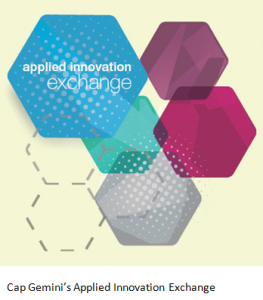Perhaps I have fallen into the very trap I have campaigned about in the past, in recognizing and resolving the disappointing results we achieve from all the work we put into the front end of innovation. The “warm and fuzzy” front end of innovation can make us all a little grumpy.
Let me explain. I recently wrote out a newsletter – termed a thought or two – to my innovation network. This network is split between the advisers and consultants delivering into clients and the clients themselves, that I have a connections into that have built over the years. These are mostly through knowing them, working with them, exchanging or simply connecting in LinkedIn. The subject was the changes occurring at the front end of innovation.
My argument was the results we have obtained from a disconnected set of front end activities was poorer than they should be, and this needs changing. I feel there is a real shift potential happening today through connecting technology and connected solutions to ‘transform’ this front end. My feeling is the front end is often “warm and fuzzy” and it needs to be radically redesigned. I wrote about “hearing all the voices of ideas at the front end and the “two distinct parts of the innovation funnel” building from my original post “the new extended innovation funnel“, written in 2011.
Continue reading “Warm and Fuzzy at the Front End of Innovation”









